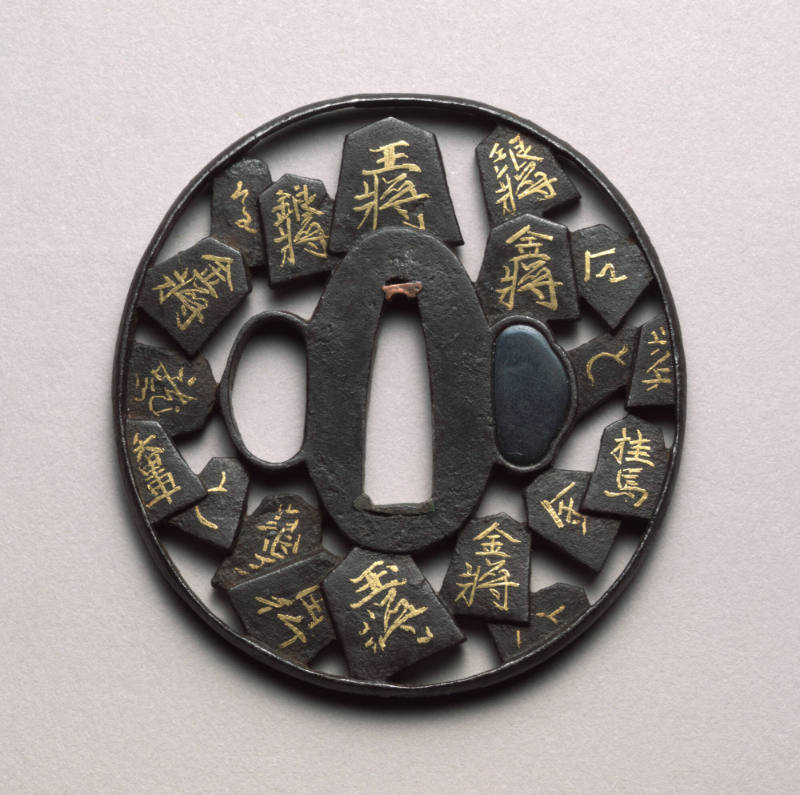
Object Details
Culture
Japan
Medium
Cast brass with gold inlay
Dimensions
1/2 × 1 5/16 inches (1.3 × 3.3 cm)
Credit Line
Memorial gift from the Estate of Charles W. Hay, Class of 1925
Object
Number
73.005.134
BRIEF DESCRIPTIONThis is one of a set of matching samurai sword fittings.WHERE WAS IT MADE?These swo(…)
BRIEF DESCRIPTIONThis is one of a set of matching samurai sword fittings.WHERE WAS IT MADE?These sword fittings were made in Japan during the Edo period (1615-1868).HOW WAS IT MADE?These items were cast from brass using molds and then gilded with gold.HOW WAS IT USED?Menuki, a pair of ornaments on each side of the sword hilt, developed from the retaining peg present in the hilt from earliest periods. The plug at the back of each menuki was inserted into a hole in the part of the blade that is inserted into the hilt (this is called the tang). Menuki prevent the blade from pulling free, while also preventing ones’ grip from slipping.WHY DOES IT LOOK LIKE THIS?During the peaceful Edo period, sword fittings were seldom created for swords that were to be used in battle. Instead, these small fittings became a medium for artistic work, appreciated for their exquisite workmanship, variety of designs, and refined beauty. Whereas until around the 1650s, only a small number of motifs were typically used to decorate the sword fittings, in the following years of the Edo period the artists who made these fittings took inspiration from images in books, characters in folktales, and other popular cultural and natural motifs. Swords and their fittings served as status items for samurai. A sword owner would select motifs that expressed his tastes, values and interests. This particular set features a pair of crabs.












